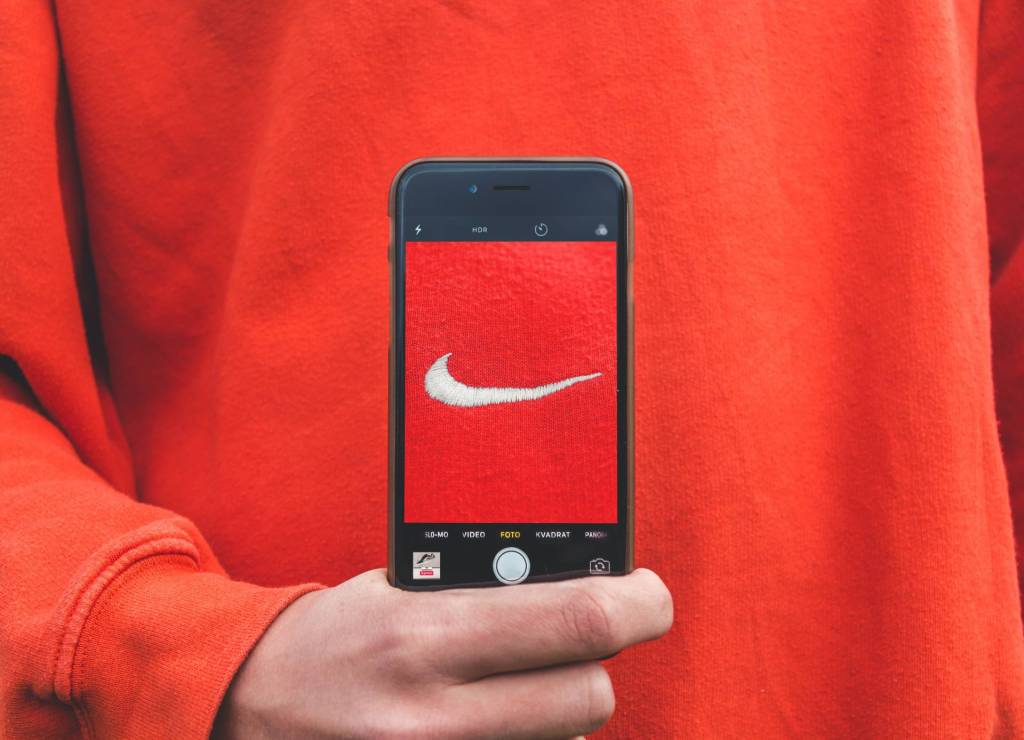Unless you are one of those lucky folks with a sizable budget at your disposal to invest in PR and advertising efforts in order to promote your personal or business brand (and whether you know it or not), you will in all likelihood be using inbound marketing techniques to reach your targeted audience and generate revenue and other goals; techniques such as producing a steady output of quality contents you will have previously optimized for maximum effect in the social media and the web so that you can obtain a number of specific results from interested potential customers amongst others.
In so doing, you will be coming together with the thousands of individuals and businesses worldwide who have joined the ranks of the novel marketing philosophy symbolized by the magnet (as opposed to the hammer) originally envisaged by Brian Halligan from Hubspot a few years ago that has been steadily gaining ground since its inception by the Boston-based company thanks to its unique and distinctive advantages over more traditional or outbound forms of marketing – ‘cold calling’ being one of the more salient and frowned upon.
When working in unison, inbound marketing and personal branding constitute a powerful synergistic combination that can maximize your online efforts and allow you to obtain qualified leads interested in your unique blend of talents and skills for employment or commercial purposes. Luckily it does so by gaining – as opposed to buying – people’s attention without interrupting your potential audience as the old forms of advertising routinely did. Inbound marketing asks you to stop behaving as a traditional advertiser or salesperson and becoming instead an editor and a socializer with a commercial edge: something all of us can do by playing on our strengths when it comes to content generation (I am, for instance, a much better writer than designer) and building a community we can contribute to!
However, in order to succeed at inbound marketing, there are two crucial elements you must get right before you embark on a carefully crafted content-generation and socialization campaign: clients and keywords.
When it comes to clients, it never ceases to amaze me how little marketeers (and, by extension, personal branders) know about their present and potential clients. Despite all the trodden clichés such as ‘client is king’ or ‘clients always comes first’, little effort is too often put into learning about the people who will ultimately hire you, promote you or purchase from you. And in the real-time, constantly-changing online medium, that translates into the wrong content being generated for the wrong people at the wrong time. For instance: What is your client age bracket? Are they mostly Generation X or Generation Y? What’s their level of digitalization and how comfortable are they with purchasing online and its associated transactions or say downloading embedded content? These are only a few examples to prove a necessary point: you need to know your clients as thoroughly as possible if you are to segment your contents accordingly to convert leads into specific goals.
Keywords are the other foundation column of your inbound marketing edifice. They are important first of all because they should be prominently included in your social media profiles and webpage to make sure these are optimized for Google and other search engines and your product, service or distinct talent and/or ability are easily found and stand out in an information-saturated online environment. On top of that, keywords (and needless to say that includes both generic and long-tail terms à la Chris Anderson) must be part and parcel of every piece of content you generate in the forms of titles, tags and descriptions. Time and effort invested into keyword research pays off handsomely in the mid to long-term in more ways that one: they ensure you rank higher and even help you simplify and bring logic and order into your product and service offering.
My advice to personal and business branders new and old is simple: take advantage of the freely available online resources and make inbound marketing a key ingredient of your branding and social media strategy. Add it to the mix if you are implementing other forms of more ‘traditional’ marketing and advertising campaigns and point the magnet of your segmented and carefully-crafted content in the direction of the people who can make your cherished goals come true. And you may come find that the size and intelligent use of your brains outsmarts the size of your wallet and advertising budgets and that you beat your better-funded competitors at their game with a consistent and elegant marketing philosophy you and your clients will soon favor over its more mundane and money-grabbing alternatives.












